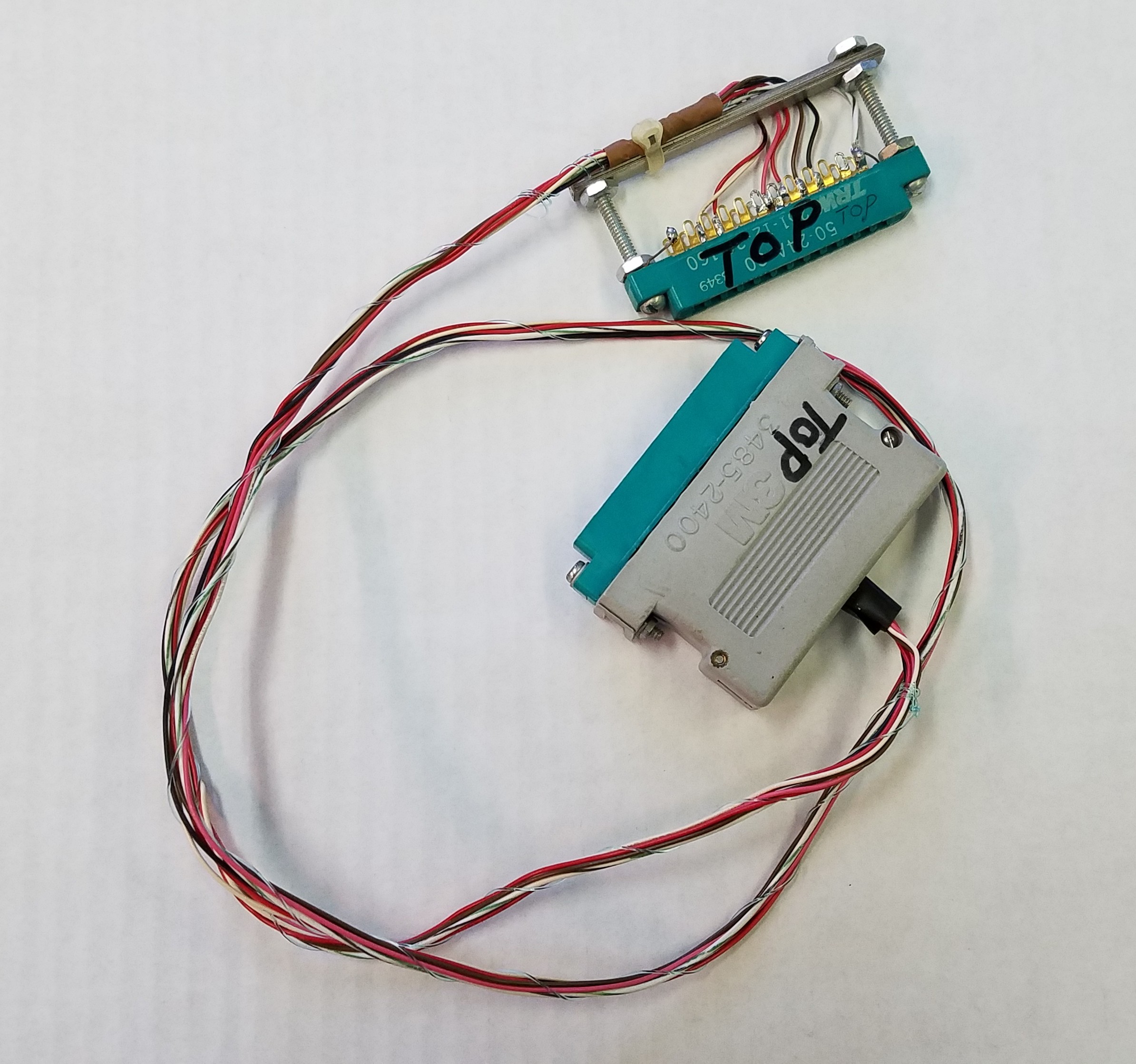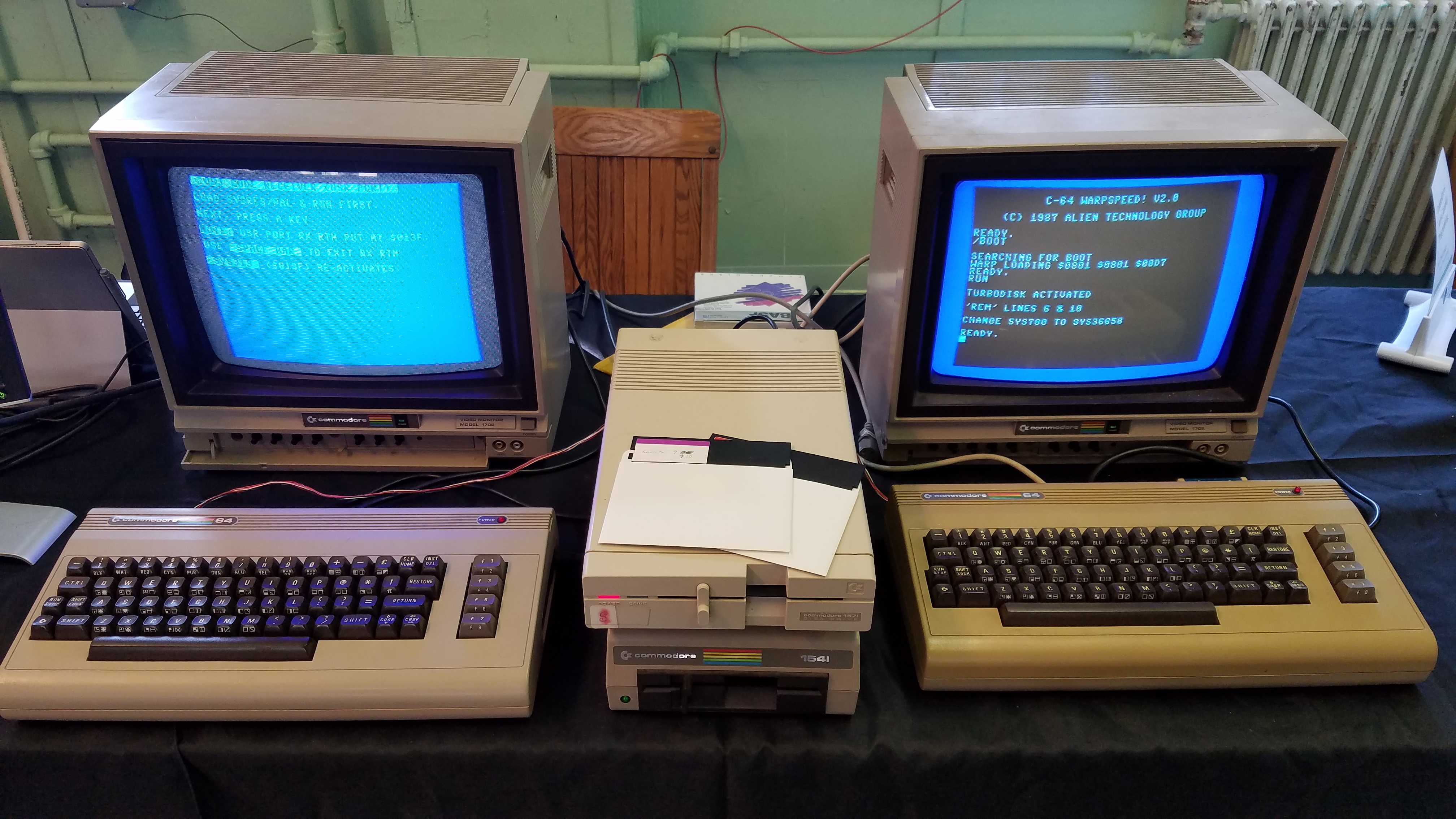As an amateur radio operator (HAM radio) I rarely talk for any great length of time during a QSO (meaning, talking with a “single person contact” or in a lengthy group conversation). My “rag-chewing” time is usually limited to the time it takes me to drive back and forth to work. Well today, I had an interesting two hour talking session.
First, some people may be wondering why am I talking about this on a blog dedicated to vintage electronics. Actually, I asked myself if this story fit in with the nature of the blog. I eventually convinced myself that the use of HAM radio and the topic of discussion during the QSO both qualified. After all, I started talking today because I had just finished building a new antenna for my “walkie-talkie” HAM radio and wanted to test it out. I was also testing out the radio because it was fairly new and I never really gave it a good workout since I got it. As an aside, I want to talk about the Amateur Radio service itself.
Amateur Radio (HAM Radio) is not only a volunteer public service form of emergency communication, it is also a means to facilitate communications beyond the bounds of what limited communication capabilities in the past had to offer, i.e. snail mail and expensive (at the time) telephone service. These days, with the advent of the Internet and the nearly instantaneous communication it provides, HAM radio usage seemed to have dropped off drastically. Yet, there still remained aspects of the hobby which were barriers to entry for those who considered getting their license. HAM radio has always been a bit costly to enter into unless you bought a cheap used radio or was given one for free. After all, a regular chat session (QSO) with someone on HAM radio could just as well be done via email or skype these days. However, HAM radio does have its usefulness, especially if the system of networks running the internet ever go down.
Many people dismissed the idea of getting a HAM radio license because of the costs involved in getting the radios and equipment needed to be active in the hobby, even though the tests that must be taken to get a HAM radio license are quite cheap (or even free) and MUCH easier to pass than they were years ago. Plus, you have your license for life when you get it. I was a HAM radio operator for 25 years. I usually had a 2-way radio installed in my car and would use that during long drives to chat with other HAMs in the area. I didn’t transfer the radio to my most recent car when I got it two years ago because the car has one of those intelligent computer consoles and I was worried that pumping out large amounts of RF energy so near the onboard computer that I might damage something. So basically, I set the hobby on the back burner.
Two years later, i.e. in the past month, a co-worker showed me this $40 handheld HAM radio. I was skeptical at first because most brand name HAM radio equipment like it started at least $200 for the same features. But, I took a chance and bought the BaoFeng UV-5RE Dual Band (2m/440) walkie-talkie radio. In a nutshell, this thing works GREAT!!! It has lots of features you would normally only find on more expensive brand name radios. Not only that, it comes with a Li-ion battery and drop-in charger. The latter are things you usually purchase at an additional cost on other radios. Plus, at $40 for a substantially featured HAM radio, the cost of getting into the hobby is considerably cheaper for those who were on the fence about the idea due to the costs involved. Needless to say, my interest in the hobby started to pick up again. I wanted to see what has apparently changed in HAM radio during my “absence.” But, the topic of this post is not necessarily about the radio in itself, other than the fact that it performed so well during the entire QSO and barely lost any battery power. I was very impressed. I will leave the topic of HAM radio at that.
I was impressed with the content of the conversation with the person I was talking to. His career is more along the lines of vintage computer hacking. That’s what makes this post so relevant because we were discussing his experiences writing software in assembler for the Commodore 64 line of computers. Foregoing BASIC for the most part, what he did with the Commodore 64 was done in assembler because he preferred direct hardware level access to the computers he used on a regular basis. At one moment, he was talking about how he set up two Commodore 64 computers using a User Port connection between the two. He would write the C-64 equivalent of TSR (terminate and stay resident) programs which would monitor User Port activity on each computer. Then, instead of assembling his programs to disk, and trying out that disk on the other computer, he would assemble the program through the User Port to the other computer and test it directly! I found that a remarkable way to get work done, and at the same time, save wear and tear on the 1541 disk drives.
Not only am I interested in vintage electronic gear for what it is, but I’m also interested in how it gets used. There was never a shortage of anecdotes in that capacity. One part of the conversation entailed discussion on the various forms of copy protection that was put on software back in the day and the copy protections he implemented on the programs he wrote and sold to software publishers at that time. We also discussed some of the various popular programming languages and environments from those days until now. Thinking back, there was an awful lot of talk and subject changes that make it difficult for me to put down in words after the fact. But one thing I am looking forward to is that he offered to email me disk images of his original programs, including what he used to share data between the two C-64s via the User Port. It would be interesting to try and duplicate that activity with my own C-64s.
So, in the end, what I set out to do today was to build a new antenna and test it out with my new radio. What I ended up doing is discuss vintage computing in a two hour long QSO with an anticipation of receiving and using a bunch of original C-64 programs and utilities. Sure, I might have come across these at some time in the future on the Internet, but he admitted he isn’t really as active on the Internet as he is on HAM radio. I guess it goes to show that there still is some useful activity from a chance meeting on HAM radio. Things can still be learned and useful stories can still be told on that “aging medium.”
QSL? 😉





QSL